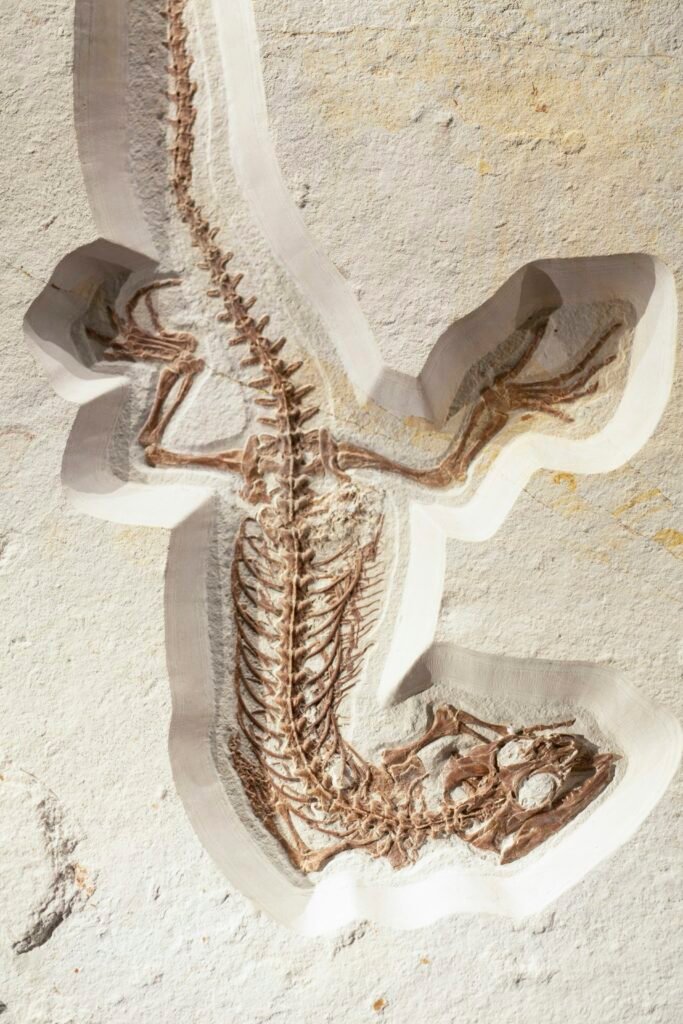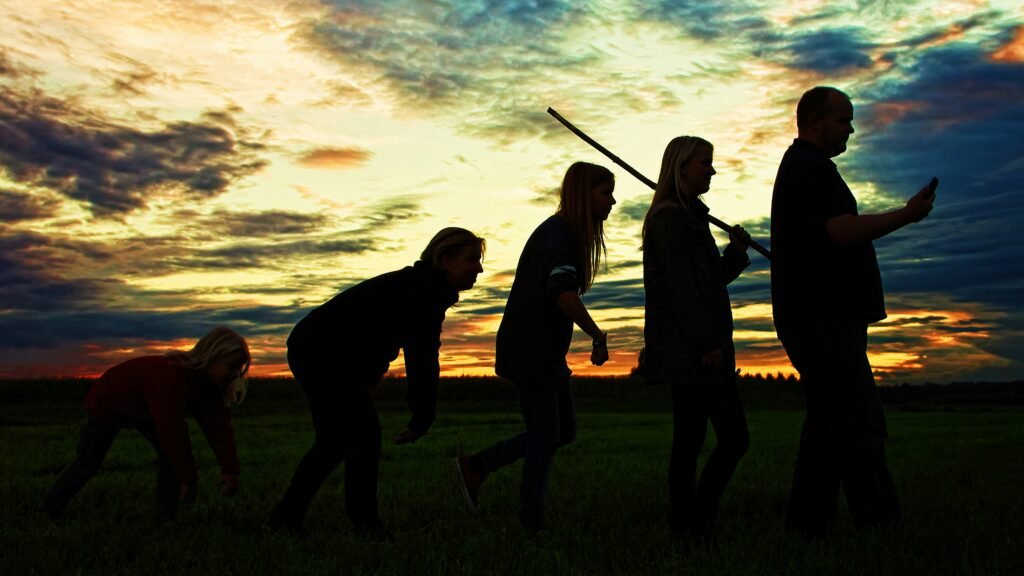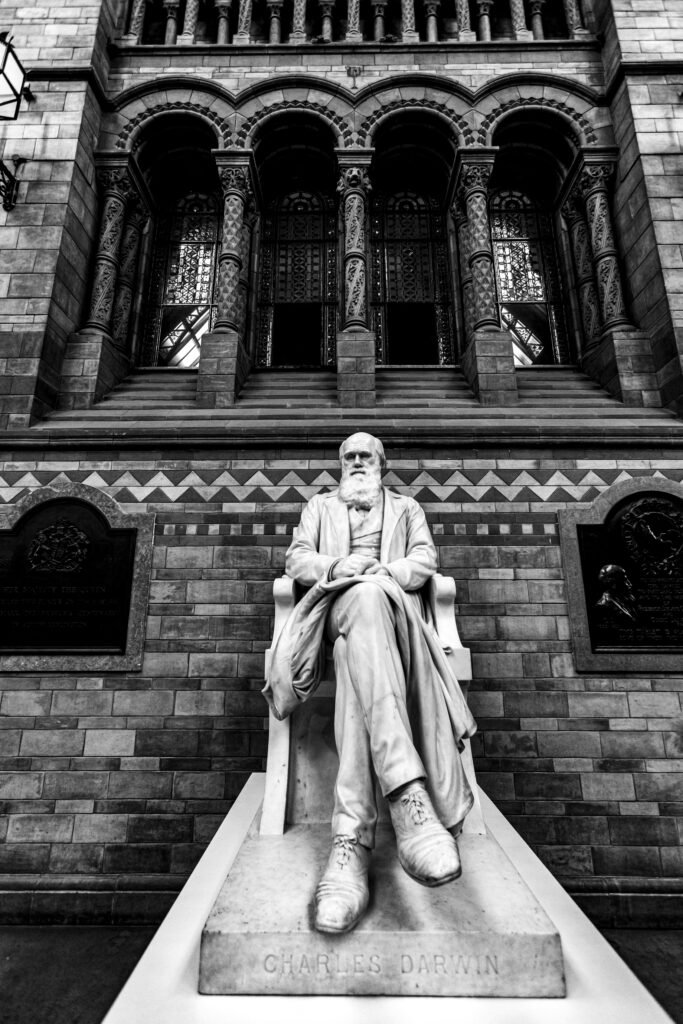Understanding Fitness According to Darwin
When we talk about fitness, we often associate it with physical strength or endurance. But have you ever wondered what exactly Darwin meant by fitness in the context of evolution? Let’s delve into the concept of fitness according to Darwin and how it plays a crucial role in the survival of species.
Darwin’s Definition of Fitness
Charles Darwin, the father of evolutionary theory, defined fitness as the ability of an organism to survive and reproduce in its environment. It is not just about physical strength, but also about how well an organism can adapt to its surroundings and pass on its genes to the next generation. In essence, fitness is a measure of an organism’s reproductive success in its environment.
How Fitness Drives Evolution
Fitness is a key component of natural selection, which is the mechanism behind evolution. Organisms that are better adapted to their environment are more likely to survive and reproduce, passing on their advantageous traits to their offspring. Over time, these advantageous traits become more common in the population, leading to the evolution of new species.

Components of Fitness
Now that we have a basic understanding of fitness according to Darwin, let’s break down the components that contribute to an organism’s overall fitness.
Physical Fitness
Physical fitness refers to an organism’s ability to survive and thrive in its environment through physical traits such as strength, speed, agility, and endurance. These traits can help an organism outcompete its rivals for resources, evade predators, and successfully reproduce.
Behavioral Fitness
Behavioral fitness encompasses an organism’s ability to adapt its behaviors to maximize its chances of survival and reproduction. This includes things like foraging strategies, mating rituals, communication methods, and social interactions. Organisms with behaviors that are well-suited to their environment are more likely to pass on their genes to the next generation.
Reproductive Fitness
Reproductive fitness is a crucial component of overall fitness, as it directly impacts an organism’s ability to pass on its genes to the next generation. Factors that contribute to reproductive fitness include fertility, mating success, parental care, and the number of offspring produced. Organisms with high reproductive fitness are more likely to contribute to the gene pool of future generations.
Adaptation and Fitness
In order to survive and reproduce in a changing environment, organisms must be able to adapt to new challenges and opportunities. Darwin emphasized the importance of adaptation in the process of natural selection, as it allows organisms to increase their fitness and thrive in diverse habitats.
Types of Adaptation
There are two main types of adaptation that contribute to an organism’s fitness: structural adaptation and behavioral adaptation. Structural adaptation involves physical changes in an organism’s body that enhance its survival and reproduction, such as camouflage, claws, or wings. Behavioral adaptation, on the other hand, involves changes in an organism’s behavior that improve its chances of success, such as migration, cooperation, or communication.
Role of Genetic Variation
Genetic variation is a driving force behind adaptation and fitness in populations. Genetic variation refers to the diversity of genes within a population, which gives rise to different traits and characteristics. Organisms with beneficial genetic variations that increase their fitness are more likely to survive and reproduce, passing on their advantageous genes to future generations.
Environmental Pressures
Environmental pressures play a critical role in shaping the fitness of organisms within a population. These pressures, such as competition for resources, predation, climate change, and habitat destruction, create selective pressures that favor certain traits over others. Organisms that are well-adapted to their environment are more likely to survive and reproduce, whereas those that are poorly adapted may struggle to thrive.

Examples of Fitness in Nature
To better understand the concept of fitness according to Darwin, let’s explore some examples of how fitness manifests in nature.
Peppered Moths
One classic example of fitness in action is the case of peppered moths during the Industrial Revolution in England. Prior to the industrialization, light-colored peppered moths were well-camouflaged against lichen-covered trees. However, as pollution darkened the tree bark, darker-colored moths became the better-camouflaged variant. This shift in coloration allowed the darker moths to evade predators more effectively, increasing their fitness in the polluted environment.
Darwin’s Finches
Darwin’s finches, a group of bird species found in the Galapagos Islands, provide another compelling example of fitness in nature. The different beak shapes and sizes of the finches are adaptations that allow them to exploit different food sources on the islands. For example, finches with larger, stronger beaks are better equipped to crack open tough seeds, while those with smaller, more delicate beaks excel at feeding on insects. This diversity of beak shapes reflects the finches’ ability to adapt to different ecological niches, increasing their overall fitness.
Antibiotic Resistance in Bacteria
In the realm of microbiology, the phenomenon of antibiotic resistance showcases the power of fitness in driving evolutionary change. When antibiotics are used to treat bacterial infections, some bacteria may possess genetic mutations that confer resistance to the drug. These resistant bacteria have a higher fitness in the presence of antibiotics, as they can survive and reproduce while susceptible strains are eliminated. Over time, this selective pressure has led to the proliferation of antibiotic-resistant bacteria, posing a serious threat to human health.
Implications of Fitness in Modern Society
While Darwin’s concept of fitness was developed in the context of natural selection and evolution, its principles have far-reaching implications in modern society.
Health and Fitness
In the realm of human health, the concept of fitness is often associated with physical health and wellness. People strive to improve their fitness through exercise, proper nutrition, and lifestyle choices to enhance their overall well-being. Understanding the importance of fitness can help individuals make informed decisions about their health and longevity.
Environmental Conservation
Fitness in the natural world has significant implications for environmental conservation efforts. By preserving biodiversity and protecting ecosystems, we can help safeguard the fitness of species and ensure their survival in the face of environmental challenges. Conservation efforts that focus on restoring habitat connectivity, reducing pollution, and combating climate change are essential for maintaining the fitness of diverse species.
Technological Advancements
Advances in technology and biotechnology have expanded our understanding of fitness and evolution beyond Darwin’s time. Tools such as genomics, CRISPR gene editing, and artificial intelligence allow scientists to study genetic variation, adaptation, and fitness in unprecedented detail. These technologies hold promise for applications in medicine, agriculture, conservation, and various other fields that rely on an understanding of fitness in living organisms.

Conclusion
In conclusion, fitness according to Darwin is a multifaceted concept that encompasses an organism’s ability to survive, reproduce, and thrive in its environment. By understanding the components of fitness, the role of adaptation, and examples of fitness in nature, we can appreciate the intricate interplay between organisms and their environment. Darwin’s theory of fitness continues to shape our understanding of evolution, natural selection, and the diversity of life on Earth. Embracing the principles of fitness can empower us to make informed decisions about our health, environment, and future as a species.